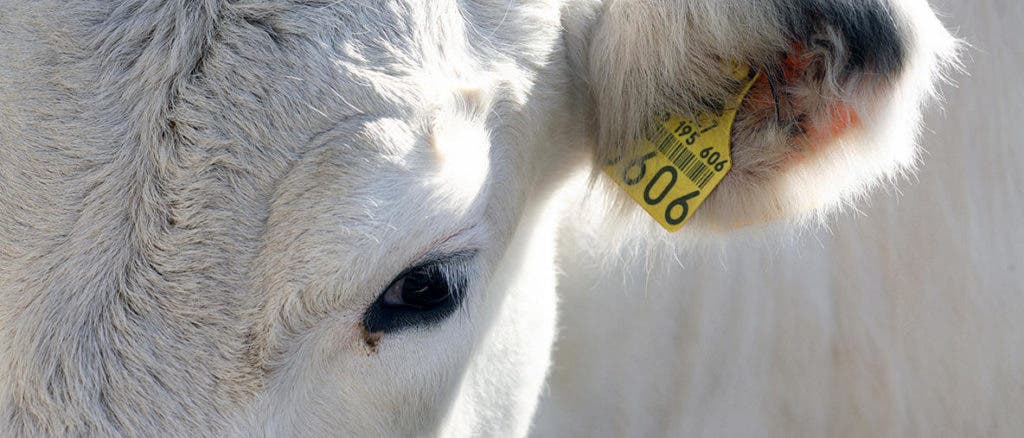As if superbugs weren’t scary enough, researchers have recently learned that they can easily jump from humans to animals where they adapt and develop before returning back to humans.
Antibiotic resistance has slowly crept into our lives, up to the point where it has become one of the most challenging medical problems of our times. The World Health Organization says we’re not ready to deal with this problem and, already, some pathogens are becoming untreatable. Well, I don’t mean to alarm you, but it gets a bit worse.
MRSA, a classic example of such a pathogen (also called a superbug), can cause serious infections and is resistant to most antibiotic treatments. MRSA, which is short for methicillin-resistant Staphylococcus aureus, can be found anywhere but is most commonly found in healthcare settings, such as hospitals. It managed to develop an impressive resistance to treatment and is now a major source of concern for doctors.
“In the case of MRSA, these bacteria have also spread in hospitals almost world-wide,” says Jukka Corander, professor at the University of Helsinki, who was a member of the international research team that mapped several millennia of the evolution of the staphylococcus bacteria.
Corander and colleagues sequenced whole genomes of this superbug, taking a large sample from different animals as well as humans. They analyzed the DNA changes that helped the bacteria to adapt to new host organisms over thousands of years.
Although animals like cows are still the source of many MRSA infections around the world, it seems to have originated in humans. Judging from their genetic changes, the pathogen was able to infect cows as soon as we domesticated them, bouncing from one species to another.
Remarkably, when it jumps to a new species, it hijacks new genes to help it adapt and stay alive in the long term. Most importantly, some of these genes can give the bacteria resistance towards commonly used antibiotics, eventually putting the ‘super’ into superbugs.
“The capacity for some pathogens to jump into different host-species populations is a major threat to public health and food security,” researchers write in the study. “Staphylococcus aureus is a multi-host bacterial pathogen responsible for important human and livestock diseases.”
Researchers also highlight that it’s more important than ever to find these infections before they get the chance to spread and do massive damage.
“Our observations give emphasis to the importance of detailed epidemiological monitoring, so that strains with the potential to cause epidemics can be discovered as early as possible,” Jukka Corander says.
Here are a few small things we can all do to try and limit antibiotic resistance:
- don’t take antibiotics unless you really need them (not for a runny nose or a common cold);
- only use antibiotics when prescribed by the doctor;
- if you take antibiotics, take the full course — even if you feel better;
- never share any leftover antibiotics.
The study has been published in Nature.










